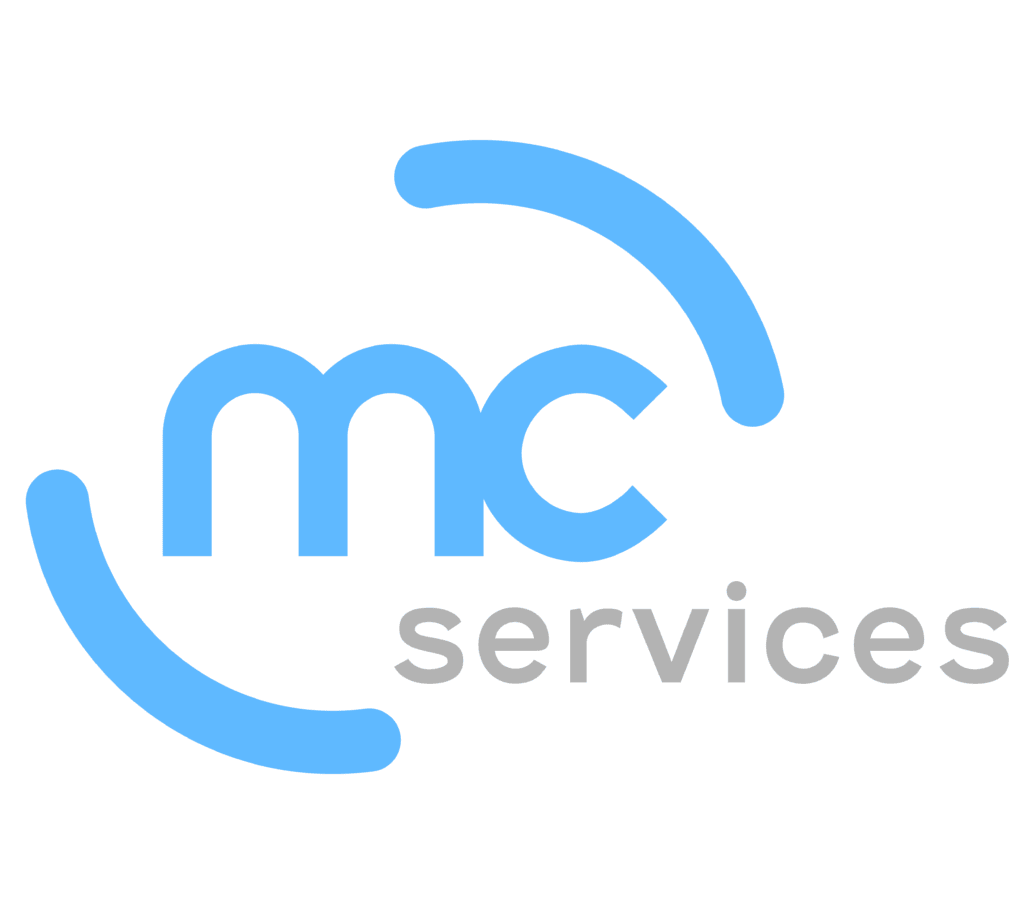Every mobile app developer should really take a look into Swift if they haven’t already. It is quickly ramping up, not only as a supplement to Objective-C for the Mac, iPhone, iPad, Watch and the like, but it will be replacing C for embedded-programming on all Apple platforms. It was designed to make programming for Apple safer and easier than it was with Objective-C. Due to multiple main features, Swift is in the running for the go-to programming language used to create immersive consumer-facing apps.
Easier to read and maintain.
- Unified keywords and no more legacy conventions. Programmers don’t need to use semicolons to end lines of code or encapsulate conditional expressions in parentheses.
- Method calls don’t nest within each other, so the bracket build-up is a thing of the past. Instead, Swift will utilize comma-separated list of parameters to be placed within parentheses, resulting in simplified syntax and grammar and a clean look.
- It abandons Objective-C’s two-file necessity, resulting in freedom from the repetition of separating the table of contents from the body. Instead, it combines them in a single-code file.
Most importantly, Swift is safer.
- It generates a compiler error as bad code is written, establishing a feedback loop that lets programmers solve the issue. This will save time and money spent on fixing bugs and guards against unpredictable behavior.
While Swift is faster, requires less code and allows for memory safety in iOS programming, it’s unlikely that apps written in Swift for Apple will complement any other systems that use more than a generic code. It probably won’t be able to extend software freedom beyond Apple’s restricted range of information.
If Swift is found to be difficult for your developers and programmers, contact MC Services for custom programming and Apple training.
